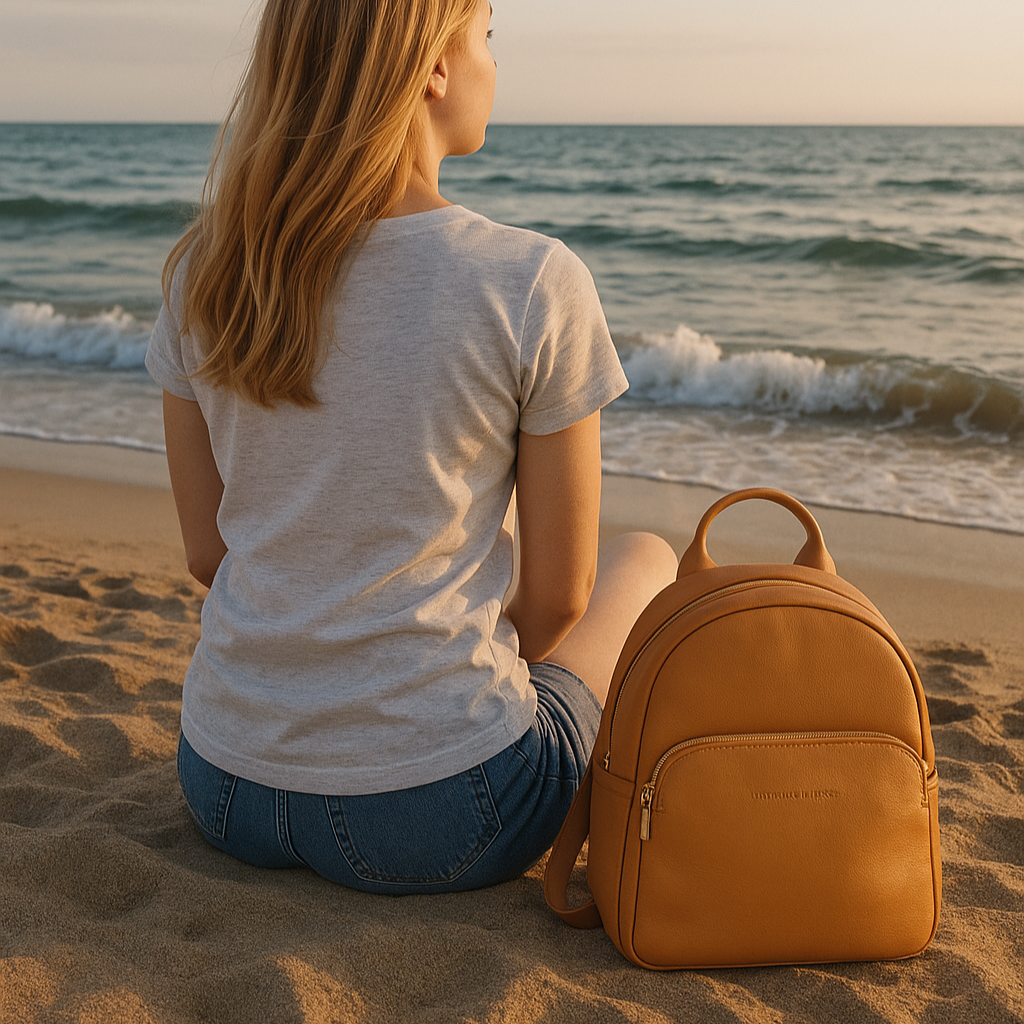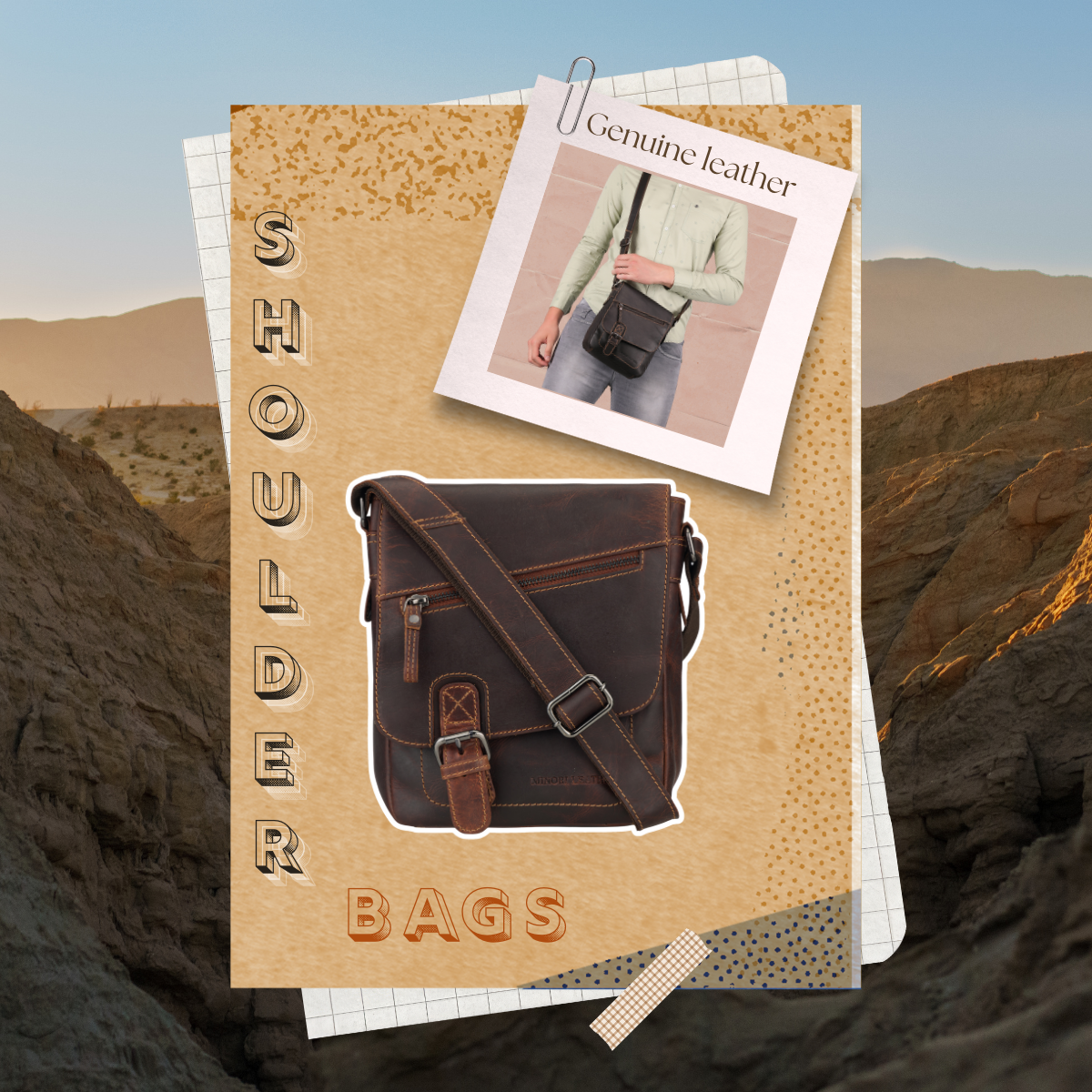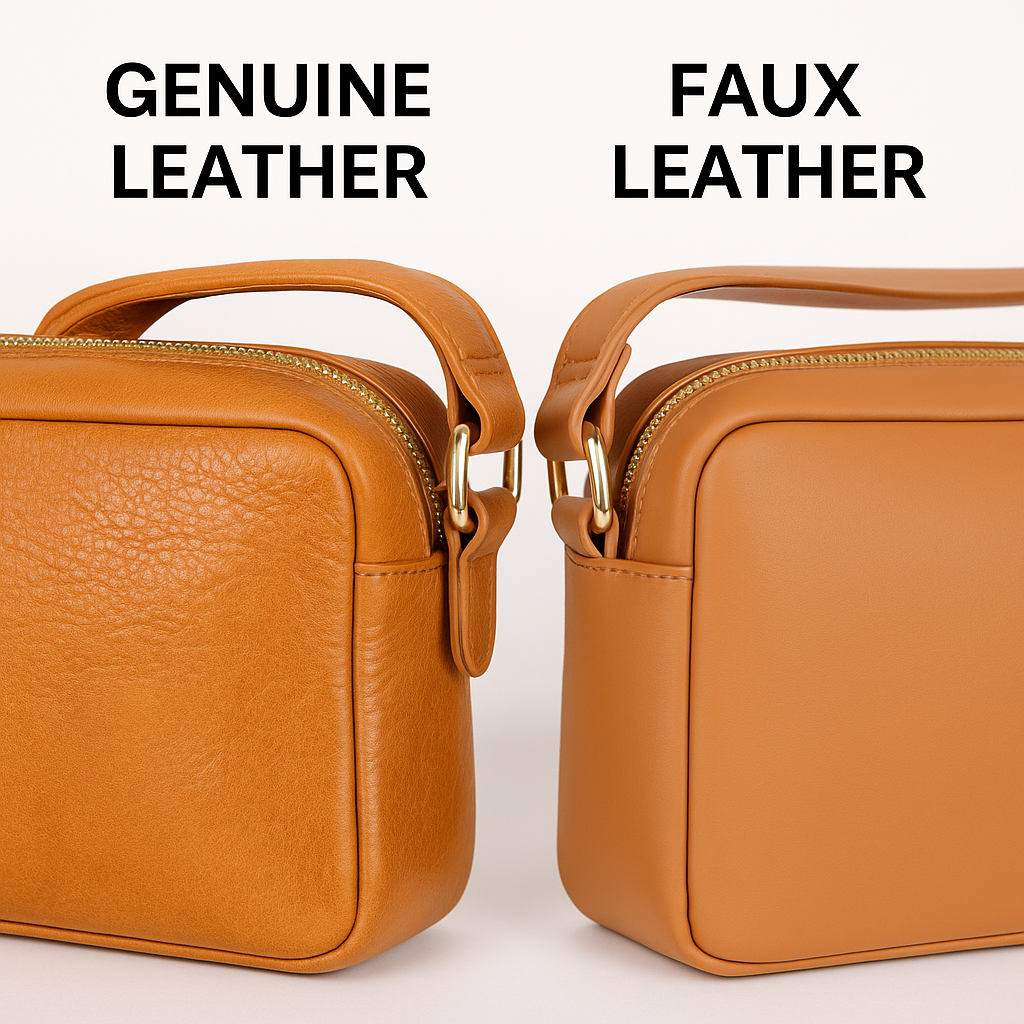
Nappa Leather
Nappa Leather: The Pinnacle of Luxury and Comfort
Step into the world of luxury with Nappa leather—a material that defines elegance, sophistication, and tactile bliss. Whether it’s the supple lining of a luxury handbag, the seat of a premium sports car, or the smooth feel of a designer jacket, Nappa leather represents timeless quality and refined taste.
In this blog, we explore what makes Nappa leather so special, how it’s made, and why it’s a top choice for discerning consumers.
What Is Nappa Leather?
Nappa leather is a high-quality, full-grain or top-grain leather known for its soft, smooth texture and impressive durability. Originally developed in Napa, California in the 1870s by Emanuel Manasse, this leather was revolutionary for its ability to be both soft and strong—a combination rarely found in natural materials.
Nappa leather can be made from the hides of sheep, lambs, goats, calves, and occasionally cowhide, but what distinguishes it is the gentle tanning and finishing process that retains the hide’s natural characteristics while giving it a luxurious finish.
Types of Nappa Leather
Nappa leather isn't just one thing—it's a category with several variations, each offering unique textures and finishes:
-
Top-Grain Nappa Leather: Lightly sanded to remove imperfections, yet retains much of the original strength and texture.
-
Corrected-Grain Nappa Leather: Processed further and often embossed to mimic natural grain. It’s more affordable, but still soft and elegant.
-
Aniline Nappa Leather: Dyed with soluble dyes, this version retains all natural grain, making it rich in texture and highly prized.
-
Semi-Aniline Nappa Leather: A thin protective coat is added, striking a balance between natural beauty and durability.
-
Nubuck Nappa Leather: Buffed to achieve a velvety surface—visually stunning but more sensitive to stains and moisture.
Nappa Leather vs Full Grain Leather
While both Nappa and full-grain leather are premium materials, they serve slightly different purposes:
| Feature | Nappa Leather | Full Grain Leather |
|---|---|---|
| Texture | Buttery soft, smooth | Natural, with visible grains and texture |
| Flexibility | Very flexible and supple | Slightly stiffer, but more rugged |
| Appearance | Polished, refined | Earthy, robust, and authentic |
| Best Use | Fashion, interiors, accessories | Footwear, belts, heavy-use goods |
Advantages of Nappa Leather
-
Ultra-Soft Texture: Unmatched tactile comfort
-
Pliability: Ideal for fitted clothing and intricate designs
-
Variety of Colors: From subtle hues to bold tones
-
Elegant Drape: Molds beautifully in garments and interiors
-
Durability: Long-lasting with the right care
Drawbacks to Consider
Despite its allure, Nappa leather comes with a few considerations:
-
Prone to Scratches: Softness can mean vulnerability
-
Premium Price: High-quality comes with a cost
-
Maintenance Needed: Regular conditioning required
-
Limited Breathability: Can retain heat during prolonged wear
-
Not for Rugged Use: Less suited for heavy-duty items
How Nappa Leather is Made
-
Hide Selection: Only the finest hides (lamb, goat, calf) are chosen.
-
Cleaning & Pre-Treatment: Dirt, hair, and fats are removed.
-
Tanning: Chrome tanning is common for softness; vegetable tanning offers eco-friendliness.
-
Softening: Mechanical and chemical processes relax the fibers.
-
Finishing: Dyes, protective coatings, or texturing complete the look.
-
Quality Control: Rigorous checks ensure each piece meets luxury standards.
-
Crafting: The leather is then cut, stitched, and shaped into final products.
How to Identify Genuine Nappa Leather
Want to avoid cheap imitations? Here’s what to check:
-
Texture: Smooth, buttery, and pliable
-
Grain: Fine and uniform, not overly embossed
-
Smell: Natural, earthy scent (avoid chemical odors)
-
Flex Test: Should bend without cracking or creasing
Environmental Considerations
Nappa leather is not without environmental concerns. Factors to keep in mind:
-
Chrome Tanning: Efficient but chemically intensive
-
Water Use: High, though eco-conscious tanneries recycle water
-
Animal Sourcing: Ethical concerns about hide procurement
-
Sustainable Alternatives: Vegetable-tanned Nappa is a greener option
Care & Cleaning Tips
Nappa leather is relatively easy to maintain if handled properly:
-
Wipe regularly with a soft, damp cloth
-
Avoid soaking or using harsh chemicals
-
Use leather conditioner periodically to prevent drying or cracking
-
Test products on a hidden area before full application
Popular Uses of Nappa Leather
Nappa leather's blend of softness and strength makes it a favorite in:
-
Handbags & Wallets
-
Shoes & Boots
-
Fashion Apparel (jackets, gloves)
-
Furniture Upholstery
-
Car Interiors (luxury seating and trim)
Frequently Asked Questions
1. Is Nappa leather real leather?
Yes, it is genuine leather made from premium hides, often sheep or calf.
2. Can it be used in all climates?
Nappa leather is best suited to mild environments. It may get warm or sticky in hot, humid climates.
3. Is it vegan?
No. Nappa leather is made from animal hides, although faux versions exist.
4. Can I use it daily?
Absolutely—but regular maintenance is essential to preserve its look and feel.
Conclusion: Is Nappa Leather Worth It?
If you're seeking luxury, comfort, and classic appeal, Nappa leather is undoubtedly worth the investment. Its timeless elegance, combined with its high-quality finish and tactile satisfaction, make it the gold standard in the leather world.
Whether you're investing in a designer handbag, customizing your car interior, or picking out the perfect leather jacket—Nappa leather guarantees sophistication at every touch.



